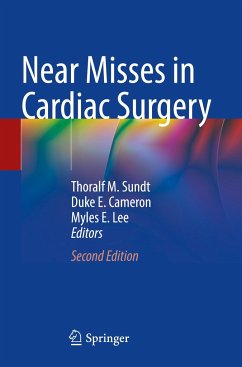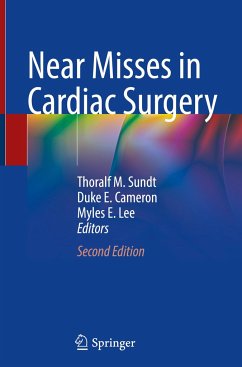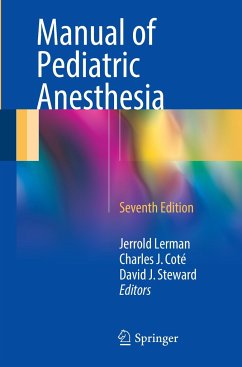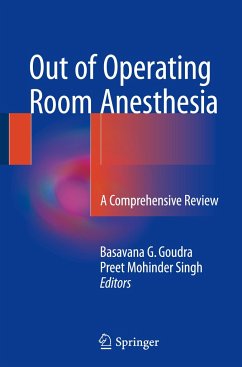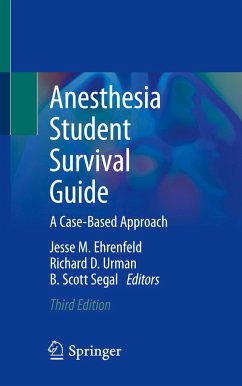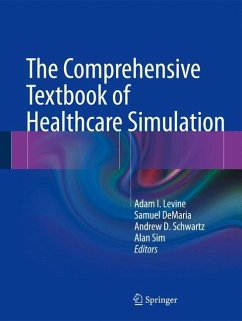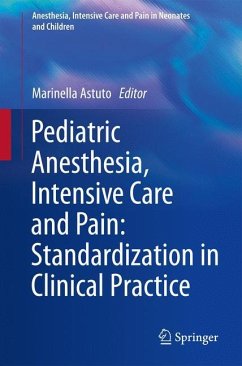
Near Misses in Pediatric Anesthesia

PAYBACK Punkte
19 °P sammeln!
Authored by "a superb clinician and award-winning teacher,"_ Near Misses in Pediatric Anesthesiology, Second Edition is a thorough updating and significant expansion of this popular case book in the newest anesthesiology subspecialty to be approved by the American Board of Medical Specialties.The book comprises 87 true-story clinical "near misses," including 40 cases that are brand new. Recommendations, references, and discussion accompany each case. The cases provide an ideal basis for problem-centered learning and also model how to learn from experience and to maintain professionalism during...
Authored by "a superb clinician and award-winning teacher,"_ Near Misses in Pediatric Anesthesiology, Second Edition is a thorough updating and significant expansion of this popular case book in the newest anesthesiology subspecialty to be approved by the American Board of Medical Specialties.
The book comprises 87 true-story clinical "near misses," including 40 cases that are brand new. Recommendations, references, and discussion accompany each case. The cases provide an ideal basis for problem-centered learning and also model how to learn from experience and to maintain professionalism during the lifelong development of clinical expertise.
Dr. Brock-Utne's latest case book provides a pediatric complement to his bestselling Case Studies of Near Misses in Clinical Anesthesia (Springer, 2012) and Clinical Anesthesia: Near Misses and Lessons Learned (Springer, 2008) .
_ Jay B. Brodsky, MD, from the Foreword.
The book comprises 87 true-story clinical "near misses," including 40 cases that are brand new. Recommendations, references, and discussion accompany each case. The cases provide an ideal basis for problem-centered learning and also model how to learn from experience and to maintain professionalism during the lifelong development of clinical expertise.
Dr. Brock-Utne's latest case book provides a pediatric complement to his bestselling Case Studies of Near Misses in Clinical Anesthesia (Springer, 2012) and Clinical Anesthesia: Near Misses and Lessons Learned (Springer, 2008) .
_ Jay B. Brodsky, MD, from the Foreword.





